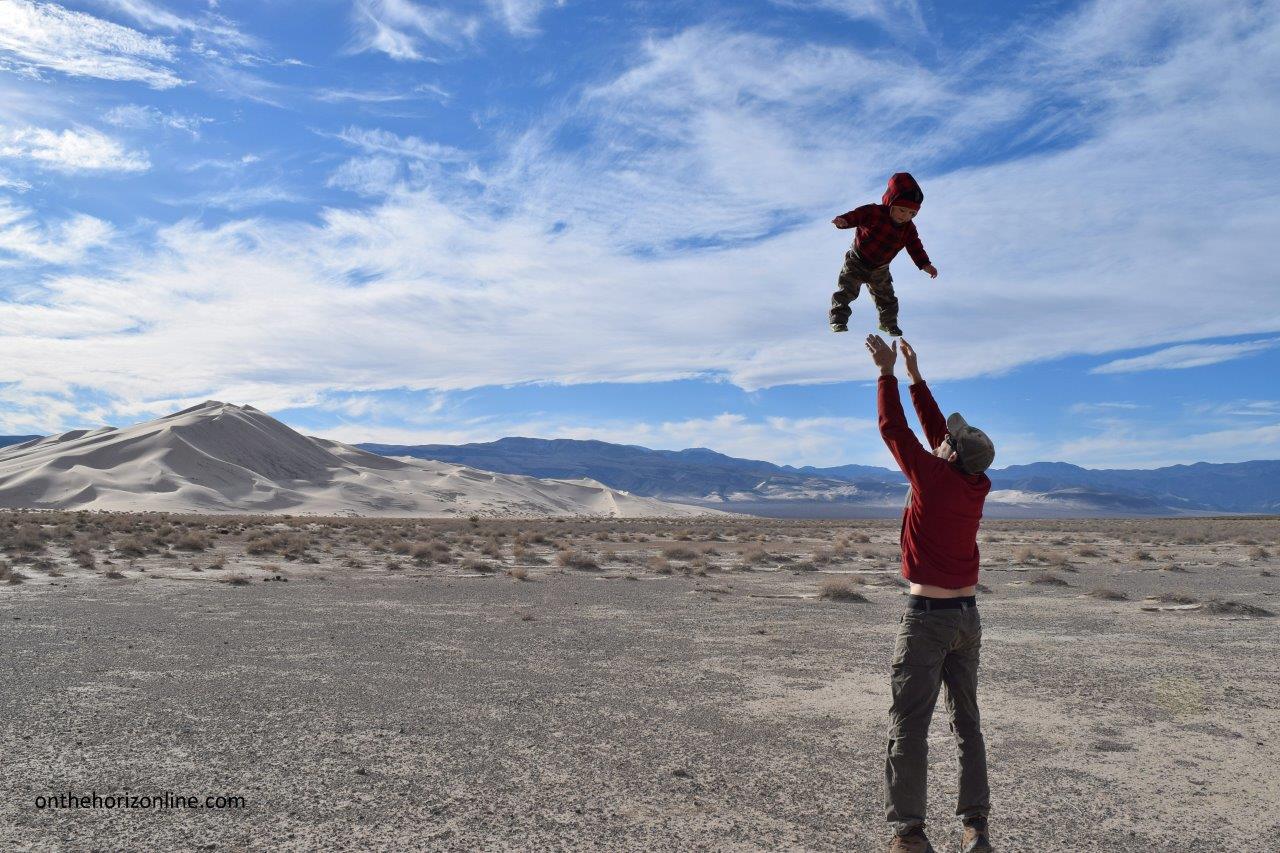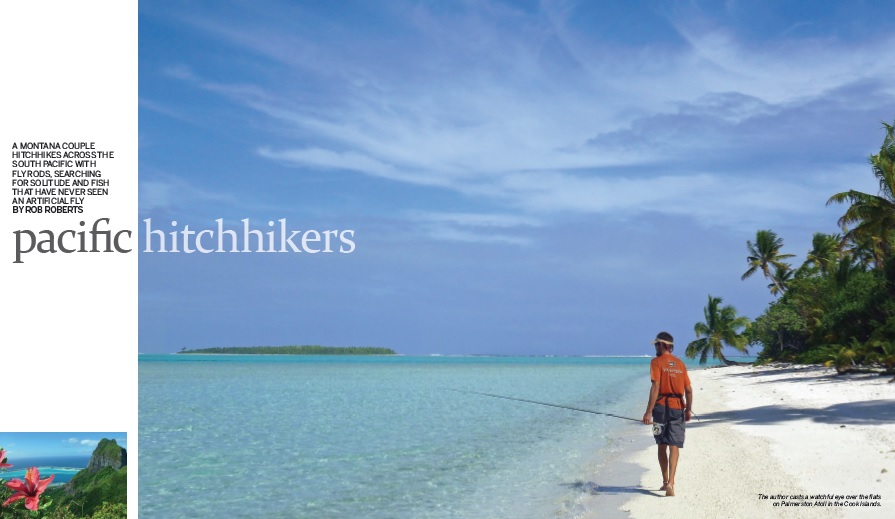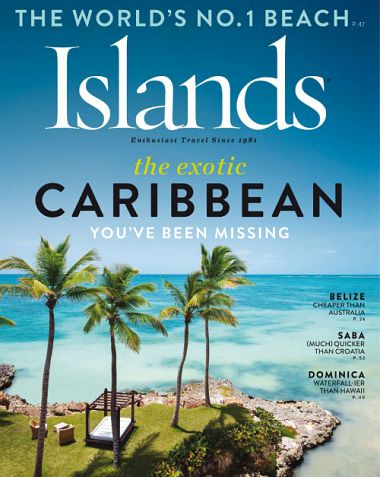One of the reasons we feel comfortable in Tonga is because the topography is so similar to the Rocky Mountain landscape we came from. Did you just do a double-take after reading that sentence? Good, that means you’re paying attention. But the statement is true, geographically speaking: Vava’u is a series of high mountain peaks, bordered by sprawling meadows nestled above deep canyons.
Sure, those meadows and canyons are covered by miles of ocean, instead of Ponderosa pines and Douglas firs. Yet the energy feels the same. I can easily picture this landscape as mountains and valleys through all the coral and sand.
Where I’m sitting in Vava’u right this moment is only a couple miles away from the second deepest oceanic trench on the planet. The Tongan Trench is 35,702 feet deep and 50 miles wide. That means the island I’m sitting on is taller than Mount Everest, if you were looking up at it from the bottom of the trench.
All of the dozens of islands in Vava’u are mountaintops, and the flat seabed between them are the gently sloped meadows. This is one of the world’s best cruising grounds partly because of the uniformity of the sea floor here. It’s all mellow sandy bottoms between 10 and 30 meters deep — a high mountain plateau, if you will. Compared to the jagged cliffs of the Marquesas, the steep drop-offs in Bora Bora, or the flat volcanic rings of the Tuamotus, these islands feel downright friendly.
We sailed on Flathead Lake in Montana each summer before heading west across the Pacific. Flathead is the largest natural freshwater lake in the western U.S. It’s the remnants of a giant inland glacial lake, and sits below the tall peaks of Glacier National Park. All of the islands in the lake are actually mountains and hills that emerged as the lake receded over the millennia. Tonga looks a lot like sailing on Flathead, if you replace the pines with palms.
Not only is the Tongan Trench one of the steepest features on the globe’s surface, it’s also the fastest-moving plate ever recorded. The convergent plates that formed this deep chasm are moving at 6 to 9 inches per year, which means Tonga is basically undergoing a constant earthquake. Not the rattle-and-roll earthquakes I grew up with in Southern California, but rather a consistent tremor rippling just beneath the surface.
The Trench gives Vava’u a sense of height and breadth often lost on tiny tropical islands in the middle of the world’s largest ocean. Though the slopes are gentle, you can sense the buzz of movement, shifting ground, and the power of the Earth beneath the sea. Bottom line? It feels good here, geographically, energetically, and aesthetically.







